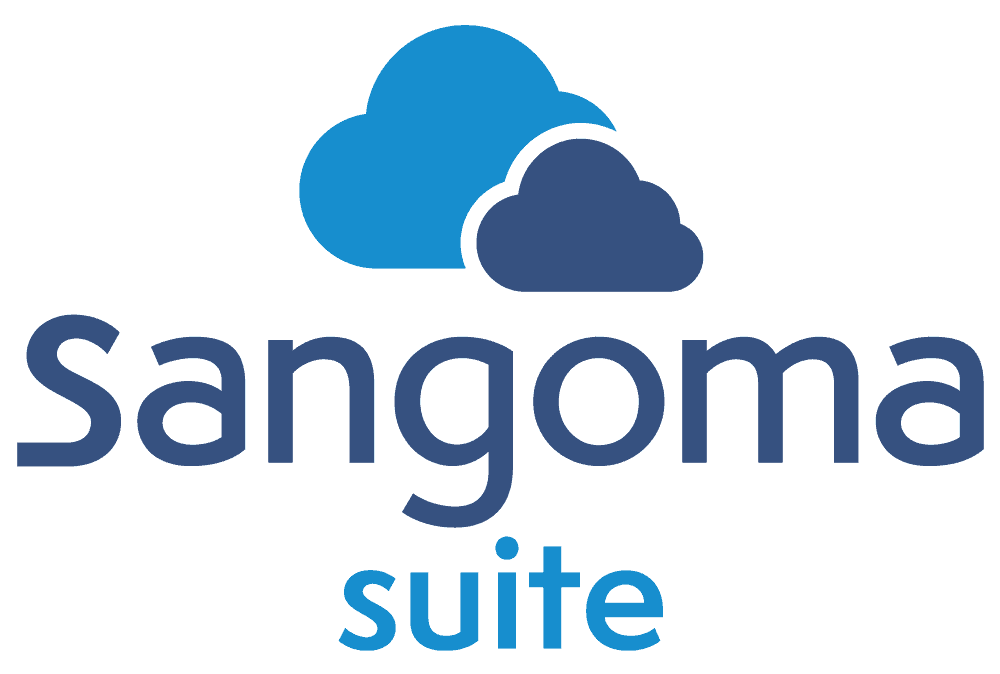Building the Business Case: Convincing Your Boss to Upgrade the Phone System
As more and more legacy phone systems are reaching their end of life, system administrators all over the country are researching their options and taking on business phone upgrade projects for their clients or boss. Technology forums across the Internet are filled with system administrators asking other IT professionals which phone system they are using and how their implementation projects are going. While it’s understandable that the first hurdle in upgrading technology is comparing solutions, the second (and hardest) task is often gaining the support, buy-in, and budget needed from decision makers.
Many times, businesses don’t even know what their current monthly communications costs are and simply don’t realize exactly how much money they are dumping into their legacy systems. As a system admin, you know the benefits of upgrading a phone system, but you need to present your case in a way that the boss will understand – including cost savings to the business. Your job is to position the proposed technology in a way that effectively communicates the problems it would solve, the additional business advantages it would provide, and the overall return on investment (ROI).
In order to receive approval for a new business phone upgrade, here are some suggestions for presenting your business case to your boss.
Issues with Current System
When presenting your case for a business phone upgrade, along with your suggested solutions, first remind your boss of the issues with the current system. Are you getting customer complaints about the ability to reach employees? Are the hardware parts becoming impossible to find and order? Is remote work not an option on the existing system? Did you finally realize you were spending hundreds more than you should be every month for a system that doesn’t even have a conferencing option? Reminding the boss how much your system is holding your business back will make it much easier to present your proposed solution. If you can put data and statistics behind these problems, it makes your case for increased efficiency a lot easier.
Network Evaluation
Based on your complete network assessment and map of the current infrastructure in place, present your proposed solution and state your case as to why it’s the best option. Include:
Features: Standard and advanced features offered, as well as the advantages of having them. What specific benefits will users experience with these new features? What indirect benefits will the users enjoy, such as streamlines processes or shorter on-hold times?
Here is an example: “As you know, teachers want to be reachable outside of school hours, but aren’t comfortable with parents having their private cell phone numbers. Using the Switchvox Mobile app, teachers can make and receive phone calls to and from parents on their cellphone using their work extension. The parents only see the school caller ID, and teachers can keep their phone numbers private.”

Another element of cost includes what a new business phone upgrade would save every month in terms of employee staffing, and IT support and maintenance. If you put your phone system in the cloud, you no longer require IT support and maintenance of a PBX server in your building, which “would save [insert dollar amount here] a month in expenses.”

Additional information. Your boss is likely to ask you several questions about this project, so having a solid understanding of your proposed business phone upgrade is essential. Know about this information or be able to easily access it:
– Manuals & training resources (for both IT admins and users)
– Hardware required for implementation (gateways? IP phones?)
– Structure of monthly bill
– Case studies & references from businesses in a similar industry
Want to Learn More?
See what Switchvox UC is all about!
The post Building the Business Case: Convincing Your Boss to Upgrade the Phone System appeared first on Sangoma.







